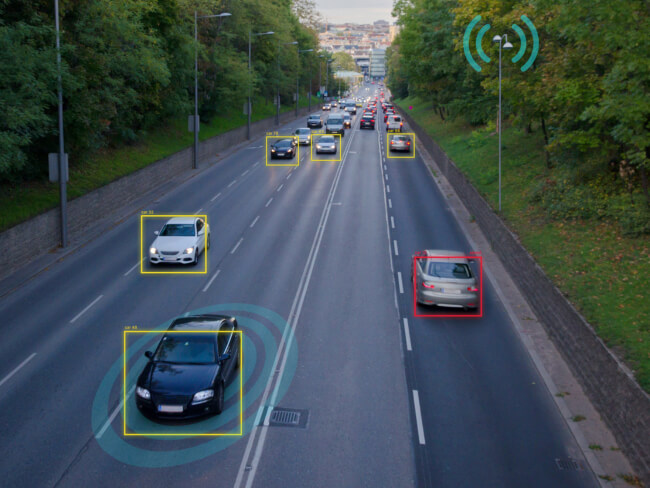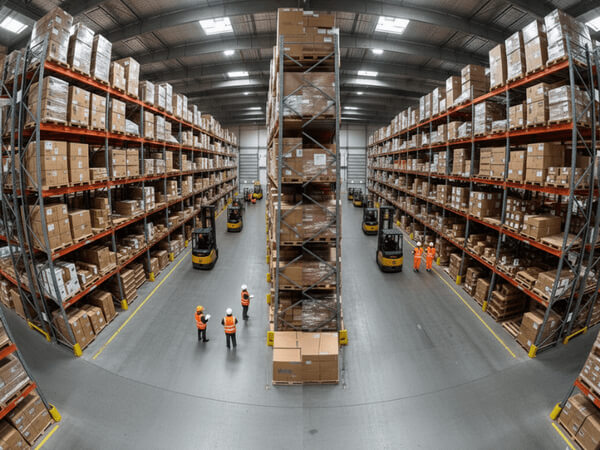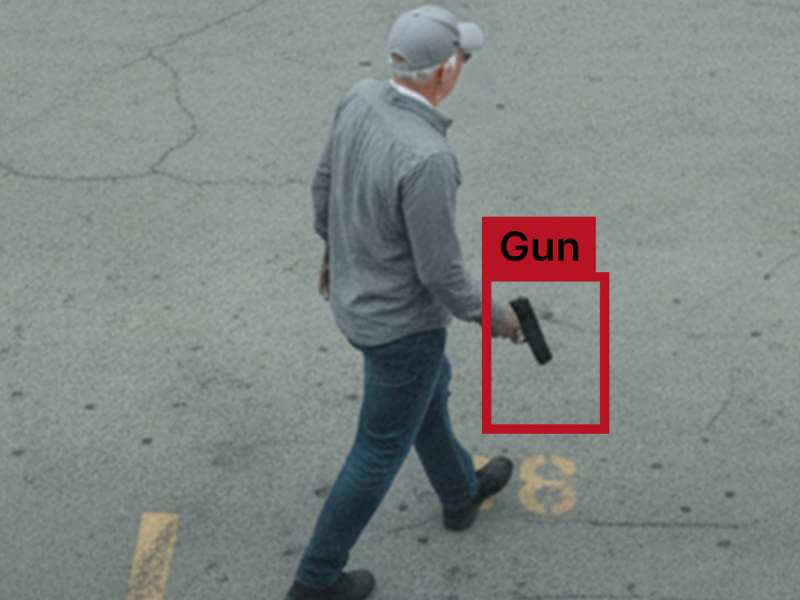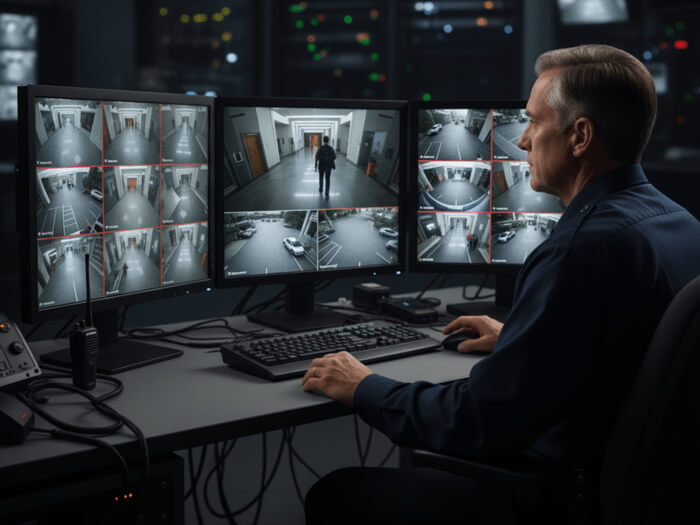
For a few years now, AI has dominated both technology and business news. Some of the flashiest examples of AI are about generating new images or text. But what AI brings to video surveillance is something quite different, and no less exciting for the capabilities it brings. For businesses and other organizations that rely on cameras to secure their premises, AI means saving untold hours that might be spent scrubbing through captured video, and even better, it means automatically flagging the segments of video that matter.
Generative AI vs. Discriminative AI
When you enter a prompt into a system like ChatGPT, Claude, or Google Gemini, the outputs you see are the result of what’s called generative AI. The system displays likely or plausible outputs to your prompt based on a collection of data that the software has been trained on. Depending on how large and accurate that dataset is, these generated results can be astonishingly good, whether they’re text-based or visual.
AI tasks related to video surveillance, by contrast, aren’t typically intended to synthesize new outputs. They center instead on what’s known as discriminative AI. However complex it is under the surface, think of this as the kind of practical AI you’re already used to in everyday life. (Like whenever you scan a QR code with your phone, or when you use your voice to control your home automation system with Siri or Alexa.)
Rather than generating new answers or outputting a never-before-seen image, discriminative AI is based on recognizing and distinguishing between objects or conditions. Training is just as vital to discriminative AI, though: the system must be taught the important characteristics of the things it’s looking for. That’s how your phone’s camera can see a QR code in frame and offer you a clickable link. Similarly, it’s how a surveillance system can automatically spot the difference between an animal and a person, or between a compact car and a delivery van.
AI and surveillance
In the context of surveillance, this kind of discrimination can tell you whether a shape that’s entered your camera’s field of view is a person or a vehicle — or perhaps a trash bin that’s been knocked over by the wind. And it can identify characteristics relevant to your physical security, such as the text on a license plate or whether a person is carrying a backpack or wearing dark shorts.
And suppose your cameras have spotted a particular object or person. In that case, discriminative AI is what allows a video management system like the Eagle Eye Cloud VMS to scan for that same person or object in other recorded sources. An oil-change shop, for instance, may want to use license plate recognition to identify a repeat customer, or to spot a drive-off cheat.
Besides object recognition, surveillance-related AI can also be used to define boundaries within an area and then trigger an alert or other automatic reaction based on conditions. A financial institution might want to call attention to video footage near an ATM whenever people are detected nearby, or react instantly if a gun is detected in a bank’s lobby.
Edge vs. upstream AI
Generative AI systems benefit from a large and expanding body of base material on which to draw and rely on vast amounts of processing power. For that reason, it typically relies on cloud processing, with tasks handled by ranks of processors in a data center.
By contrast, the discriminative AI tasks most often used in surveillance can be achieved with a smaller underlying data set and with less intensive processing. That means certain AI-related chores may be handled locally in a dedicated appliance rather than in a distant data center. Increasingly, too, AI capabilities are built right into cameras themselves, so some recognition tasks can be accomplished “at the edge” — before data even hits the network.

To users, it’s likely irrelevant where that processing happens, so long as they can conveniently see and act on the results. But when AI lives on the cloud, more processing power can be dedicated to tricky recognition tasks, and improvements to the underlying software can continually improve performance. The flexibility of the cloud also means that software from third parties can be applied for specialized or industry-specific recognition tasks. With third-party integrations made possible by the cloud, you can leverage specialized AI applications to combat retail fraud, redact sensitive private information, and more.
The upshot for surveillance
Developments in generative AI are likely to have spillover effects in many areas of technology. Specialized chips and faster and more widely accessible algorithms for generative AI will likely lead to cheaper hardware and more accurate results in discriminative AI as well. And visual outputs from generative AI are already invaluable training inputs for discriminative AI systems.
However, as a user of an AI-driven video surveillance system, you can feel secure that your cameras and the software that makes them useful will maintain their current value for keeping your premises safer. In fact, through updates (most notably and regularly on the cloud), the accuracy and usefulness of your surveillance AI will only grow over time.
Learn more about how Eagle Eye Networks puts AI to work in surveillance.

Timothy Lord has witnessed and written about IT security trends and the ongoing evolution of SaaS for more than 25 years.
Other posts that might interest you

Video Surveillance 101: Field of view, distortion, and dewarping
When you select a camera for video surveillance, an important aspect that you're actually choosing is the camera's lens. Just like typical cameras you use to take snapshots, surveillance cameras…
November 11, 2025
Are there guns in the picture? How video surveillance helps
There have been many cases in which armed criminals have wounded or killed others, sometimes with no known motive, or as a result of personal grievances. Sadly, recent years have…
October 15, 2025
Surveillance 101: Remote video monitoring explained
You've probably seen movies where government agencies, shadowy masterminds, or company security teams have instant access to surveillance cameras from around the world and can zoom in on any subject…
September 30, 2025




